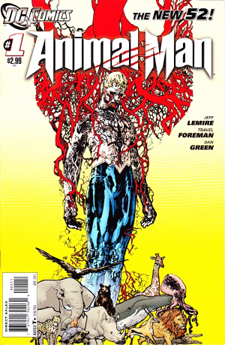Comic Book & Graphic Novel Round-Up (9/7/11)

Each week, Paste reviews the most intriguing comic books, graphic novels, graphic memoirs and other illustrated books.

Troop 142
by Mike Dawson
Secret Acres, 2011
Rating: 8.8
Mike Dawson’s first book, Freddie & Me: A Coming-of-Age (Bohemian) Rhapsody, was a decent read, but Troop 142 shows him having matured exceptionally well and quickly as a writer. The art was there already, nicely cartoony without crossing the line into grotesque and with a fairly cinematic style that owed some to Alex Robinson’s composition, but at that point the narrative was jumpy and needed some editing. This new work, on the other hand, is far tighter in its structure and better rendered all around while still allowing for some of the bagginess required by realism. Nothing is wrapped up all that neatly in the story, which takes as its subject the week-long camping trip of Boy Scout Troop 142 in the mid 1990s, but each of the many characters receives moments of sympathy and cruelty, including the adults. These boys and men do things you don’t quite understand, even when you have all the information (they don’t). It’s neither pro nor anti camping. It recognizes the flaws in the Scout philosophy, but it doesn’t harp on them. It also shows the Lord of the Flies-type behavior of the adolescent male in an almost Margaret Mead fashion, observing with a neutral but fascinated eye as they experiment with profanity, drugs, new identities, and more. Troop 142 is a terrifically subtle book that is as funny as it is intelligent, painful, and touching, and Dawson never flinches in his role as its creator. (HB)


-

-

-

-

-

-

-

-

-

-

-

-

-

-

-

-

-

-

-

-

-

-

-

-

-

-

-

-

-

-

-

-

-

-

-

-

-

-

-

-










































